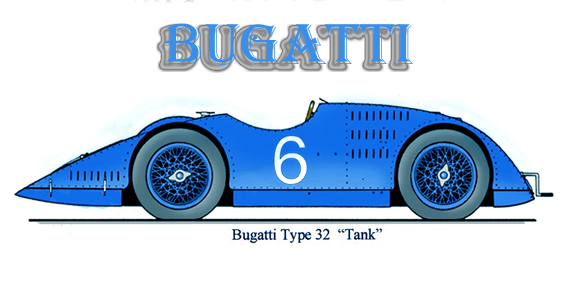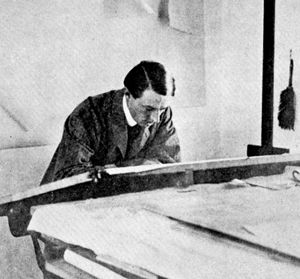By Gijsbert-Paul Berk
In 1913 Ettore Bugatti (1881 -1947) began working on the design of an eight-cylinder engine at the suggestion of his friend, the pilot Roland Garros. Early in 1914 he sent his collaborator Ernest Friderich to the US with a four-cylinder car of 5.655 liters capacity to participate in the Indianapolis 500. When later that year WWI started, Ettore had to leave his factory in Molsheim, situated in the German occupied Alsace.
First he moved to Milan and later to Paris, where he began designing aircraft engines. In 1919 Bugatti returned to Molsheim and resumed the development of his cars. At the first postwar motor shows in Paris and London, he presented his new three-liter eight-in-line engine. The Type 29/30 engine had three valves per cylinder, operated by one single overhead camshaft.Type 30
When the European auto sport authority CSI announced that for the 1922 to 1924 seasons, the cubic capacity of Grand Prix engines would be limited to just two liters, Bugatti constructed a smaller engine to comply with these regulations. A team of four cars was entered in the 1922 French Grand Prix de Vitesse at Strasbourg. With its long and tapered aerodynamic body, the new Bugatti was nicknamed ‘Le Cigare’ in the French Motoring journals. But it had a successful debut with the three cars finishing second, third and fourth behind the winning Fiat.

